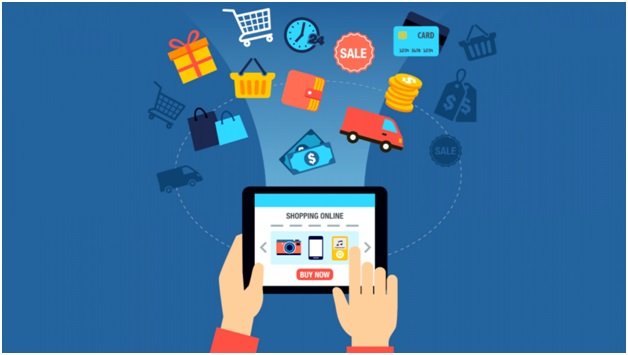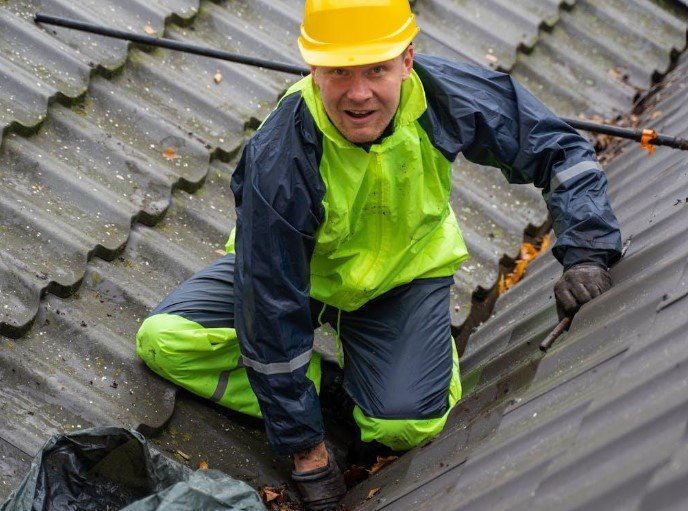IoT Construction: A Game-Changer in Building Technology

Internet of Things (IoT) technology is changing how we approach design, infrastructure and management in construction. This cutting-edge tech is transforming traditional processes by adding smart features that streamline operations while increasing efficiency and safety.
From real-time equipment tracking to predictive maintenance and fuel optimization, IoT construction is a game-changer, poised to redefine the industry’s landscape.
After reading today’s article, explore the fascinating integration of IoT construction in this insightful article from Trackunit.
Table of Contents
Understanding IoT in construction
IoT is a concept that refers to the interconnection of devices and objects via the internet, allowing them to collect and exchange data. This groundbreaking technology encompasses everything from household appliances (like a “smart” fridge) to industrial equipment.
The similarity is that each device is embedded with sensors, software, or other technologies for connecting and exchanging data with other systems and devices over the internet.
Radio Frequency Identification (RFID) tags, for instance, can be attached to non-powered equipment such as ladders or tools, enabling real-time tracking, authorized use, and inventory management.
The most common use is for fleet management where devices can easily stay connected, making it easier for fleet managers to keep track of their equipment.
The benefits of IoT in construction
IoT technology’s benefits in construction are diverse and far-reaching, significantly improving operational efficiency, safety, and cost-effectiveness. Here are some key areas where IoT is making a positive impact.
Fleet management
IoT enables real-time tracking of construction vehicles, ensuring efficient utilization and reduced downtime. GPS devices can monitor the vehicle’s location, speed, and fuel consumption, thereby optimizing routes, saving fuel costs, and increasing productivity.
Preventive maintenance in IoT Construction
IoT devices can predict potential equipment failures by continuously monitoring machine health and sending alerts for any abnormal patterns. This predictive maintenance can prevent costly downtime and extend the lifespan of the equipment.
Project management in IoT Construction
IoT provides managers with real-time data about project progress, helping in effective decision-making. For instance, sensors can monitor the usage and availability of materials, providing accurate data for inventory management.
Energy efficiency
IoT can also contribute to sustainable construction practices. Sensors can monitor energy usage, identify wastage, and provide data for optimizing energy consumption, thus promoting green building practices.
Worker safety
Wearable IoT devices can monitor workers’ vitals, detecting signs of fatigue or stress and preventing potential accidents. Workers can also be tracked in real-time (with consent), ensuring they are in safe zones and quickly locating them in case of emergencies. This can improve connectivity between workers and their employers.
Quality control
Sensors can monitor environmental conditions like temperature and humidity that could affect material quality. This can ensure optimal conditions for materials like concrete, preventing costly rework.
The role of IoT in energy optimization
IoT plays an instrumental role in energy optimization by enabling smarter, more efficient use of power resources.
- Smart grids: IoT is the driving force behind the development of smart grids. These grids use sensors and machine learning to optimize the delivery of electricity, reduce outages, and lower costs. IoT allows for real-time data collection on consumption and demand, aiding in the efficient distribution of energy.
- Automated systems: IoT-enabled automation systems can regulate energy usage in buildings. This can range from automatically adjusting systems based on occupancy or time of day to more complex scenarios where IoT devices manage energy usage across an entire site to minimize peak demand charges.
- Energy monitoring & management: IoT devices provide comprehensive energy consumption data, allowing for a granular view of where and how energy is used. This data is crucial in identifying wasteful practices and implementing changes to conserve energy.
- Renewable energy sources: IoT technology also assists in managing renewable energy sources. For instance, IoT devices can track sun exposure, weather conditions, and energy production in a solar panel setup to maximize efficiency.
Conclusion
IoT technology is reshaping how we approach construction, offering solutions that improve nearly every facet of the industry. Its impact can be felt everywhere, from real-time tracking and predictive maintenance to energy optimization and quality control.
Smart construction technologies are already helping facilitate smarter, more eco-friendly practices and are set to play an even larger part in shaping our industry’s future.
Also Read:
IoT Construction: A Game-Changer in Building Technology
The Future of Phones: Advancements and Innovations in Technology












